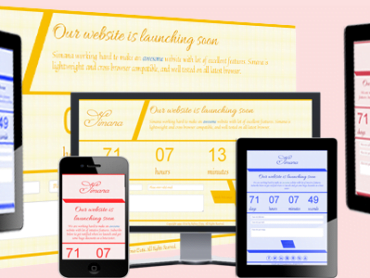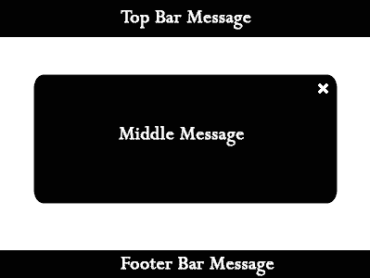Introduction
When building an Android App, there are two programming languages you’ll likely focus on, Java and Kotlin. Java was always the proven programming language when Android development started, and Kotlin is the proven programming language to use today when building Android applications. Knowing the differences, the benefits, and use case scenarios will help a developer make better decisions.
Java: The Proven Language
Java has been the programming language for Android development since the start of the platform. It was always a trusted language due to its object-oriented design, significant ecosystem and strong community support in addition to having many legacy applications still active in Java, and new developers will continue to maintain them.
The platform independence feature of Java offers another big advantage since a program developed in Java will run on any device that has a Java Virtual Machine (JVM) on it. Java’s performance characteristics also enabled developers to build complex applications; However, all programming languages have their challenges.
In Java, you have verbosity in syntax, which will introduce boilerplate code, in addition, Java programming programmers will often experience null pointer exceptions when programming in Java, which often times leads to crashing applications.
Kotlin: The New King on the Block
In 2017, Google named Kotlin as an official language for developing Android applications. Kotlin has become increasingly popular for its clean syntax, improved safety features, and its simple interoperability with Java.
Kotlin’s syntax makes boilerplate code less and less common, allowing developers to get a lot of development completed much more quickly. For instance, a simple “Hello World” program in Java takes a lot of code, while Kotlin is able to do the same thing in one line.

Additionally, Kotlin has a number of features for null safety because null pointer exceptions are one of the most common crashes at run time. The developer can declare an explicit type as nullable which allows the developer to eliminate some unexpected errors.
Kotlin also has great functional programming support and includes features like lambda expression and extension functions. Both features make it easier to accomplish more complex operations with improved readability in the code. The other usefulness is that Kotlin is fully interoperable with Java. Developers can migrate to Kotlin slowly, instead of re-writing and potentially breaking entire projects.
Moving from Java to Kotlin
As developers transition from Java to Kotlin, they find many reasons to celebrate. Kotlin is a modern language that is officially supported by Google, providing a serious in-road into the use of the language within the Android space.
However, since Kotlin runs on the JVM and has full interoperability with Java, transitioning to Kotlin from Java is a relatively seamless experience. Companies like Google, Netflix, and Uber are using Kotlin for their Android applications, and that list will only grow.
While developers transition to Kotlin, Java is not a dead language. Java still has a place especially in maintaining older apps in the Android ecosystem. Plus, some developers still choose Java for their projects because of its mature libraries and overwhelming amount of documentation about it.
Conclusion
While Java was a key player in the rise of Android development, Kotlin is definitely the future of Android. Developers will find Kotlin’s concise nature, safety features, and interoperability appealing to use for their new projects.
However, due to Java’s stability and performance, its place within the Android ecosystem is still warranted. Developers would benefit from learning both languages to keep their skillset versatile as the Android ecosystem continues to evolve.
Contact Us
 We will manage / design your wix website
Rated 5.00 out of 5
We will manage / design your wix website
Rated 5.00 out of 5 Om Contact Form Pro
Rated 5.00 out of 5
Om Contact Form Pro
Rated 5.00 out of 5 Simana Royal Coming Soon Template
Rated 5.00 out of 5
Simana Royal Coming Soon Template
Rated 5.00 out of 5 NEW WAY
Rated 5.00 out of 5
NEW WAY
Rated 5.00 out of 5 Popup Shraddha Pro
Rated 5.00 out of 5
Popup Shraddha Pro
Rated 5.00 out of 5